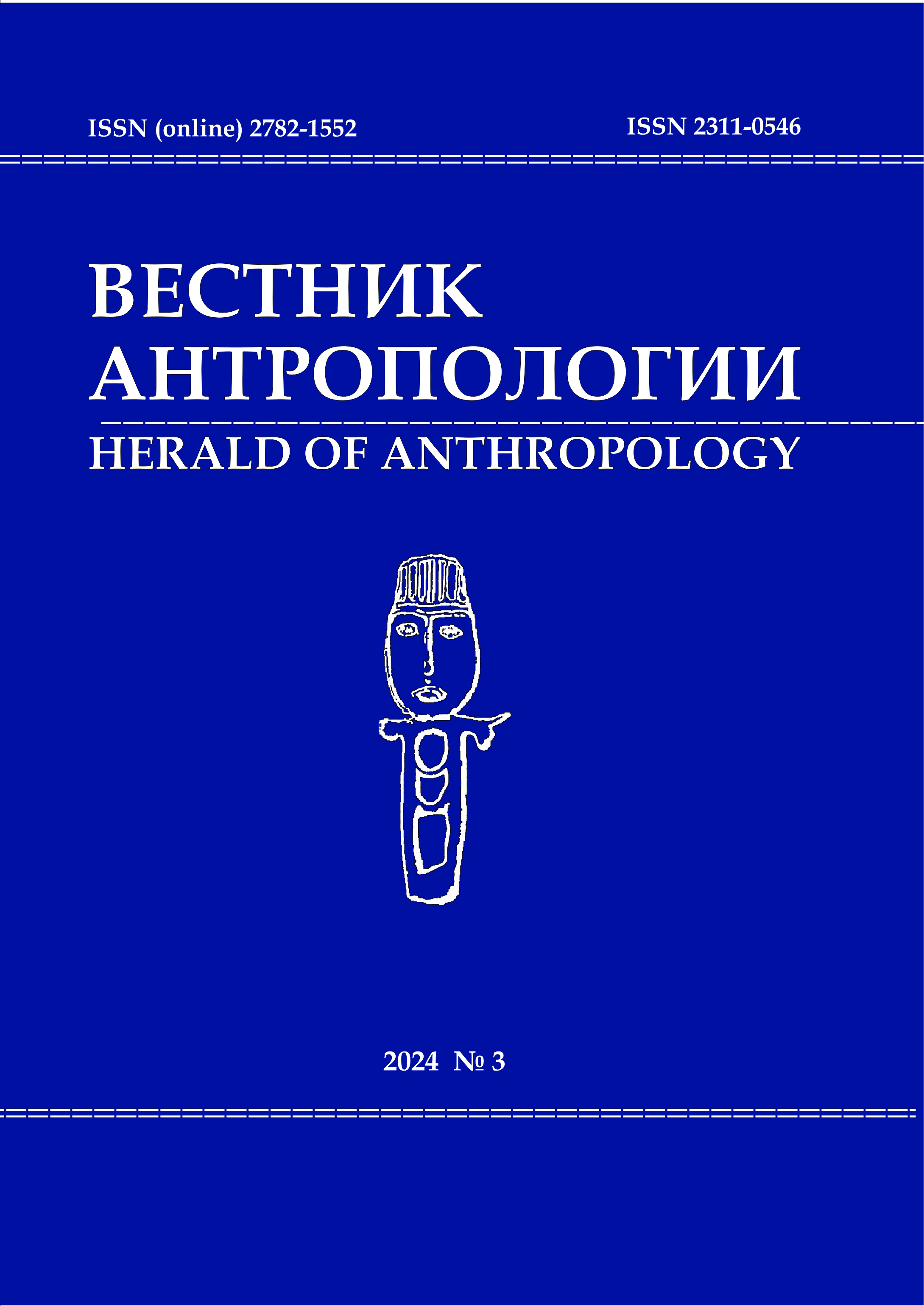Teacher and/or Mentor: Priests in the Public Education in the Northern Periphery of the Russian Empire in the Late 19th — early 20th Centuries
DOI: 10.33876/2311-0546/2024-3/247-259
Keywords:
priest, teacher, parochial schools, Kola North, Sámi, educationAbstract
This article analyzes the social functions of priests involved in educational activities within peripheral parishes of the Kola North at the end of the 19th — beginning of the 20th century, including among the Sami population. The article is based on archival documents, ethnographic papers and periodicals. The activities of priests are considered in the context of the development of public education in the outlying territories of the European North. It is shown that the primary religious education was first of all focused on the spiritual and moral foundations of the Orthodoxy and the Russian language, and also introduced children to parish life. The priests' educational work among the adult parishioners was carried out through personal participation of priests in the social life, the organization of public readings and temperance societies. It was revealed that the population of the Kola North developed a view of the teacher as an ascetic, a highly spiritual person, which expanded his social functions to fulfil the roles of a spiritual mentor, a judge, a conductor of state policy, and a custodian of Orthodox culture.





















